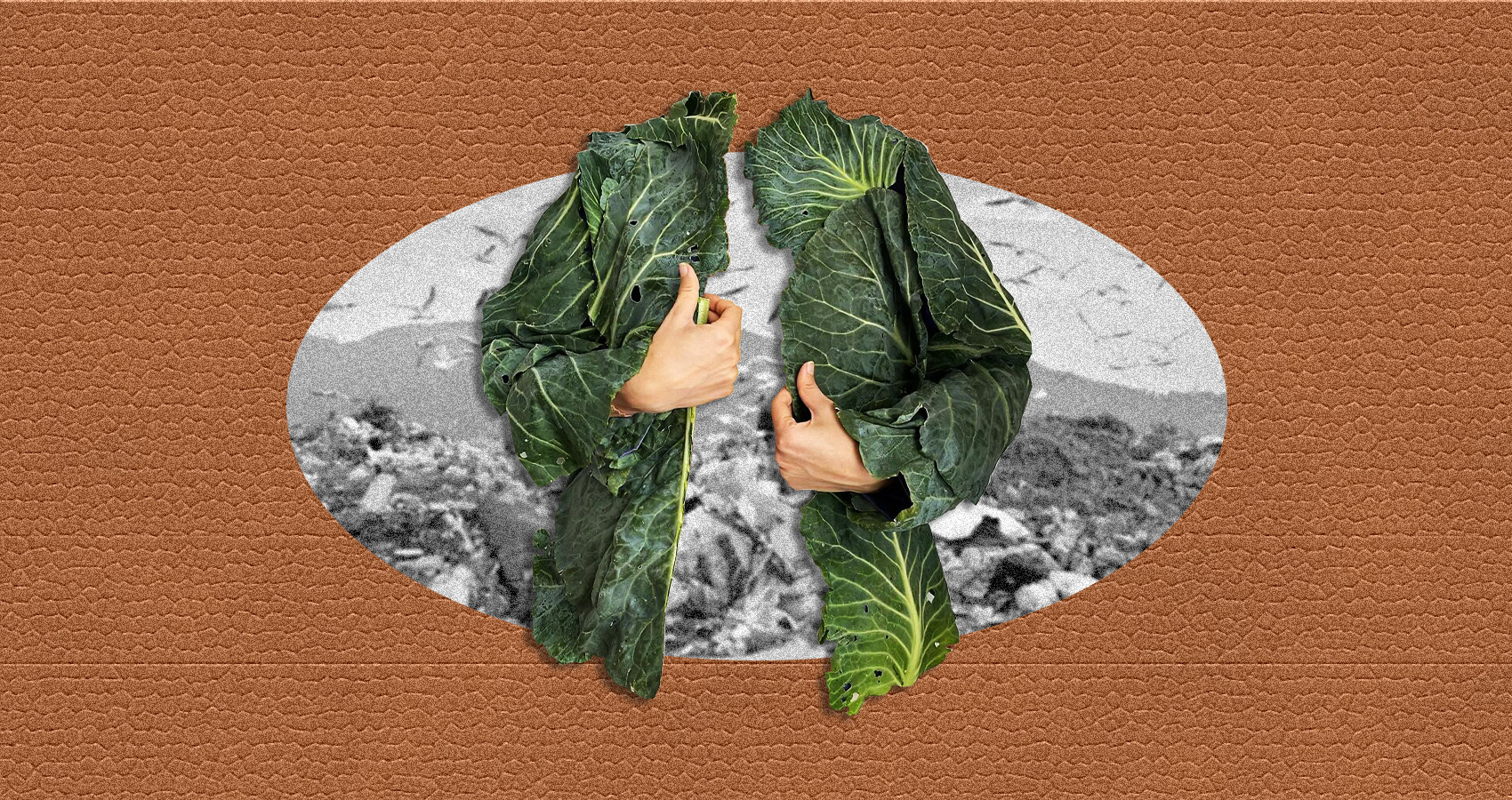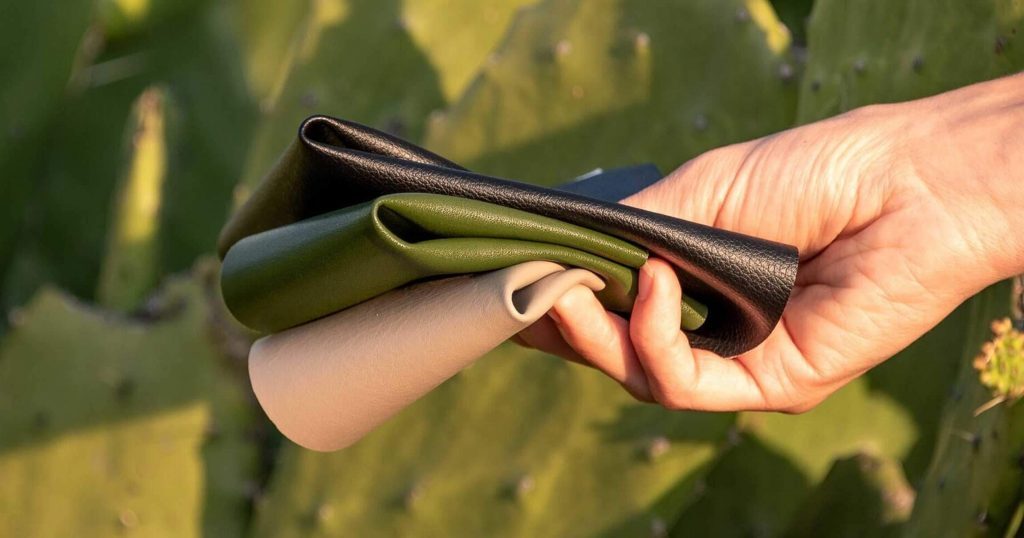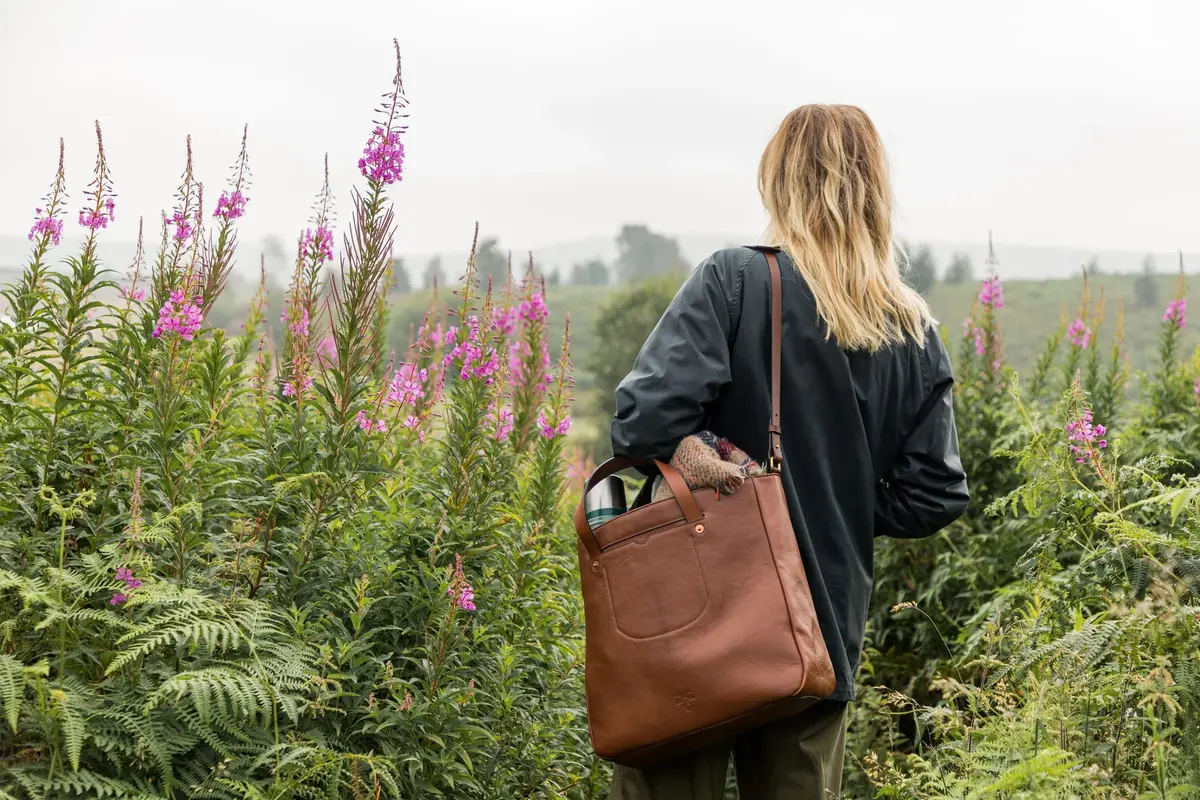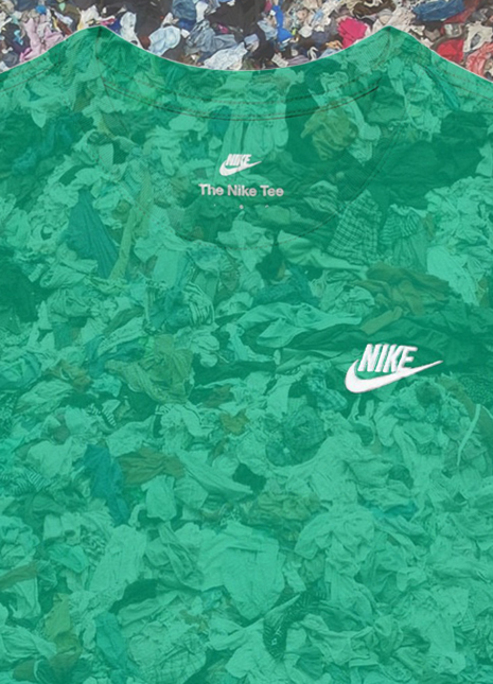
Move Over Vegan Leather: Meet The More Sustainable Alternative
The vegan vs. real leather sustainability debate.
Vegan leather: the hero of eco-conscious fashionistas, a favorite of animal lovers, and the poster child of sustainable materials... or is it?
In recent years, this faux alternative to real leather has stormed the fashion scene, appeared on the runways at Paris Fashion Week and adorned the Instagram feeds of influencers worldwide. But hold onto your hemp tote bags because we're about to peel back the pleather curtain and examine its true credentials.
While vegan leather struts its stuff, promising a guilt-free, planet-loving option for your wardrobe essentials and must-have accessories, it's time to ask: is it really the green dream we've been sold? Let's take a step back, unzip the rhetoric, and compare it to real leather, which has arguably been vilified in some spaces. Brace yourselves because this showdown might just flip your faux fur coat inside out.
What is vegan leather?
Vegan leather goes by many names including faux leather, synthetic leather, and pleather. Regardless of the label, it’s essentially a man-made material that is designed to mimic the look and feel of real leather without using animal hides.

It can be made from a variety of things including cotton, pineapple leaves, cacti and even mushrooms. While this might sound great as all of these are plants, a moral dilemma arises when you dig a little deeper into the production processes for vegan leather and find that many use plastic to coat these natural materials to make them more robust.
Is vegan leather really sustainable?
So, is vegan leather truly the answer to sustainable fashion? Well, not quite. While it might boast a cruelty-free tagline, the reality is that vegan leather still has a long way to go before it can be heralded as a truly environmentally conscious choice.

The production of vegan leather often involves a cocktail of chemicals and energy-intensive processes for starters. It also isn’t as sturdy so doesn’t last anywhere near as long as real leather, meaning that vegan leather products don’t stand up well to daily use. Soon enough, you’ll find your vegan leather jacket flaking on you like that guy you met on Tinder. This results in microplastics being introduced into the environment and you being left with a garment that is only good for the bin. Ultimately vegan leather ends up contributing significantly to ever-growing landfills across the globe.
Why does real leather get a bad rep?
Leather has been used to make clothes, accessories, and other products for centuries. However, in the modern era, most of us have seen news of fashion shows interrupted by vegan protestors and campaigners calling for an end to leather manufacturing on account of its hefty carbon footprint.

Sure, the leather industry has a checkered past, with tales of deforestation, water pollution, and animal cruelty leaving a sour taste in our collective mouths. But before you cast your leather loafers into the recycling, consider this: not all leather is created equal. Ethically sourced, consciously crafted, and quality-made leather goods can be a far cry from the horror stories of yesteryear.
Is real leather actually more sustainable than vegan leather?
The answer to this really depends on the type of leather you are talking about and where you are purchasing your products from. For instance, brands such as Billy Tannery, who make handmade leather bags and a range of leather accessories, focus on purposeful, cyclical design.
All of their products are made from fully traceable goat and deer hides that would otherwise end up being incinerated. They tan all their leather in Britain using a previously wasted food by-product and bark extracts. Billy Tannery’s innovative microtannery even uses a process that recycles 90% of the water it uses and turns waste into compost. What’s more, their leather is full grain and free from artificial coatings or pigments that are common on its vegan counterpart.
When it comes to longevity, durability, and biodegradability, real leather like this has a leg up on faux leather offerings. With proper care, a real leather bag or jacket can stick around to see a trend fall out and then come back into fashion. A true testament to sustainability and slow fashion. Investing in a timeless real leather tote bag that you can use for decades is far more environmentally conscious than purchasing a vegan leather alternative every season.

Plus, when it finally bites the dust, real leather will gracefully bow out of your wardrobe, decomposing back into the earth from whence it came. So, next time you're faced with the choice of vegan leather vs. real leather, remember not all heroes wear pleather. Sometimes, the real deal is the most sustainable option.











